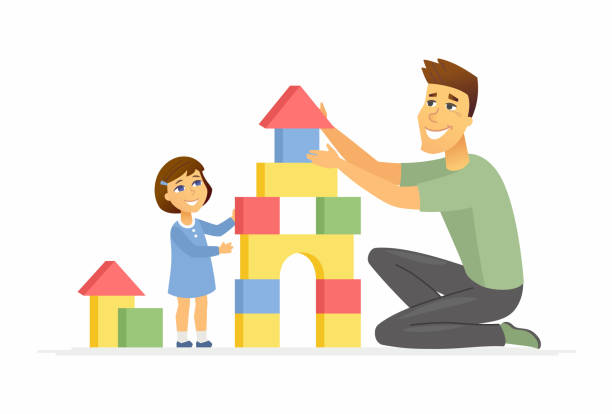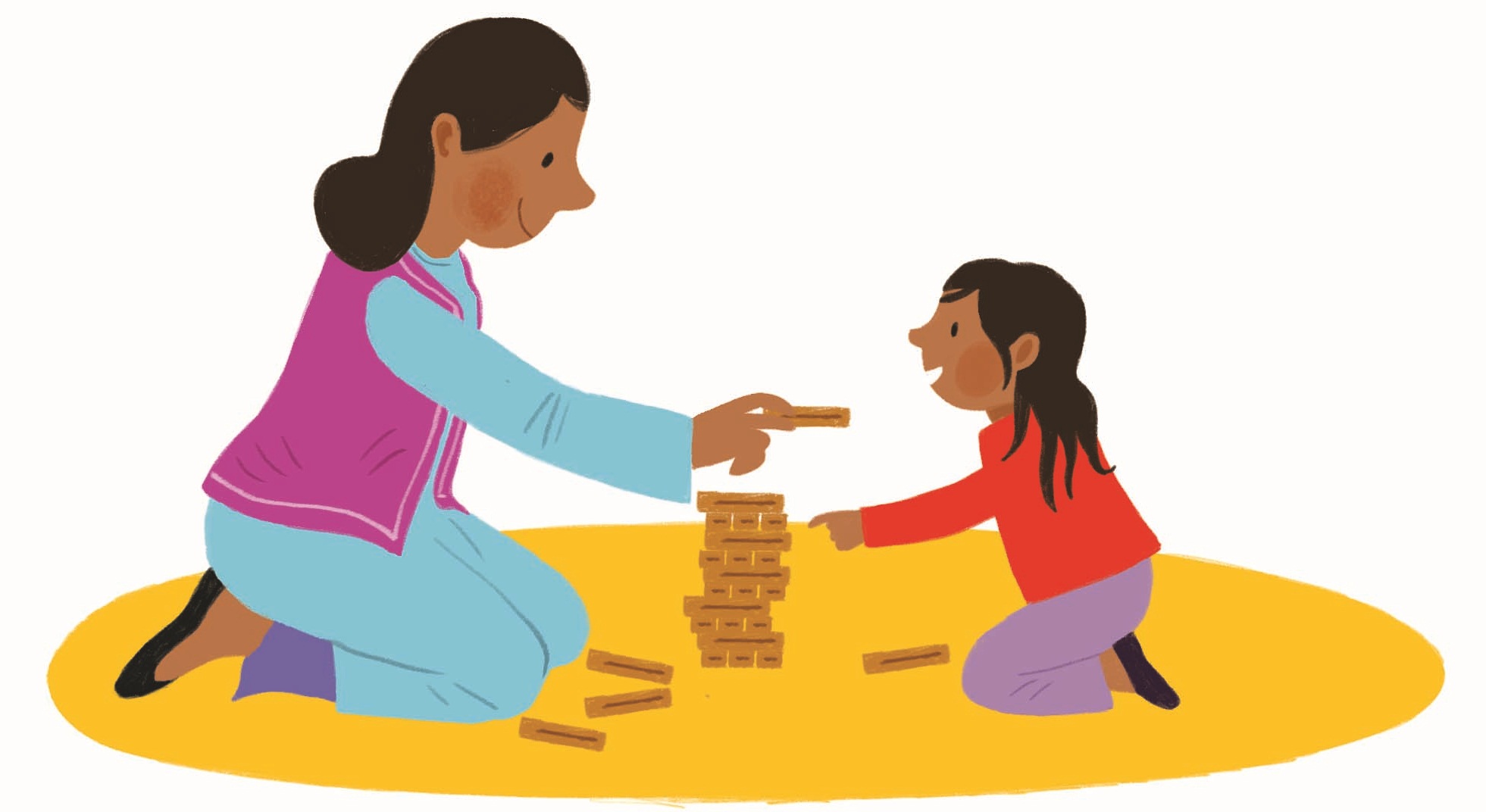Sensory
How crucial are sensorial activities for the growth of children?
Children are fascinating little beings, constantly exploring and learning about the world around them. As parents, caregivers, or educators, it is our responsibility to provide them with the tools they need to grow and develop to the best of their abilities. One area of development that has received increasing attention in recent years is the importance of sensorial activities. These activities engage a child’s senses and help them build important connections in their brain. But just how crucial are these activities for a child’s growth? Let’s explore this topic in more detail.

I. Introduction
As children grow and explore the world around them, sensorial activities play a crucial role in their development. These activities engage their senses, allowing them to learn more about themselves and their environment. From exploring different textures and shapes to experimenting with colors and sounds, sensorial activities help children develop their cognitive, social, and emotional skills. By encouraging children to engage in sensorial activities, parents and educators can provide them with valuable opportunities to learn and grow in a fun and creative way.
II. What are sensorial activities?
Sensorial activities are designed to stimulate a child’s senses- taste, touch, smell, sight, and sound.
These activities help young children develop their cognitive, physical, and language skills. By providing opportunities for children to explore and learn through their senses, they build a strong foundation for future learning.
Sensorial activities can include anything from sorting objects by color or texture to playing with musical instruments or experimenting with different scents.
These activities are not only fun and engaging for children, but they also encourage them to think critically, problem-solve, and develop a deeper understanding of the world around them.
III. The benefits of sensorial activities
Sensorial activities have a plethora of benefits that go beyond just having fun. These activities can help children develop their senses, which in turn can help them with cognitive, emotional, and physical development. Research has shown that sensorial activities can:
1. Boost Cognitive Development
Sensorial activities help improve cognitive development by stimulating the brain and increasing learning capacity. When children participate in sensorial activities, they use their senses to explore and understand the world around them. This helps to develop their problem-solving skills, memory, and creativity.

2. Enhance Emotional Development
Sensorial activities can enhance emotional development by providing a safe, nurturing environment for children to explore and express their feelings. This can help children improve their communication skills and emotional intelligence. Additionally, the activities help children develop self-awareness and self-confidence, which can lead to a positive self-image.
3. Improve Physical Development
Sensorial activities can also improve physical development by helping children develop fine and gross motor skills. These skills are essential for everyday activities such as writing, drawing, and playing sports. Additionally, sensorial activities can help children develop hand-eye coordination, balance, and spatial awareness.
IV. How to incorporate sensorial activities into daily routines
Are you looking for ways to engage children’s senses and enhance their development? Look no further than sensorial activities! Here are some practical tips and suggestions for parents, teachers, or caregivers on how to incorporate these activities into children’s daily routines:- Start with the basics: Before diving into more complex activities, make sure children are familiar with basic sensory experiences such as touching different textures, listening to various sounds, or tasting different foods.
– Match the activity to the child: Consider the child’s interests, abilities, and sensory preferences when selecting activities. Some children may enjoy exploring new textures, while others may prefer activities that involve movement and balance.
– Use everyday objects: Many ordinary items can be used to create sensorial activities, such as a bin filled with dry beans for children to explore with their hands, or a variety of spices for them to smell and identify.
– Be creative: Don’t be afraid to experiment with different materials, textures, and scents. Children will enjoy exploring new experiences and sensory sensations.
– Incorporate sensory activities into daily routines: These activities can be incorporated into regular activities such as mealtime, bath time, or outdoor play.

Here are some examples of activities that can be done at home or in the classroom:
– Sensory bins: Fill a large container with a variety of materials such as sand, rice, or water beads for children to explore with their hands.
– Nature walks: Take children on a walk in nature and encourage them to touch, smell, and observe different plants, rocks, and insects.
– Sensory bottles: Fill clear plastic bottles with various items such as glitter, beads, or small toys and let children shake and observe the contents.
– Yoga: Yoga poses can help children develop balance and body awareness while also incorporating sensory experiences such as deep breathing and focused attention.
– Cooking: Cooking activities provide opportunities for children to explore different textures, smells, and tastes while also developing practical skills.
By incorporating sensorial activities into daily routines, parents, teachers, and caregivers can help children develop their senses and enhance their overall development.
V. Conclusion
As a parent or caregiver, you want to give your child the best possible start in life. One way to do this is by providing them with sensorial activities that promote growth and development. These activities help children to explore and understand the world around them through their senses, such as touch, sight, sound, taste, and smell.
If you want to incorporate more sensorial activities into your child’s daily routine, there are many easy and fun ways to do so. Consider playing with sensory bins filled with materials like rice, beans, or sand, or creating a homemade sensory board with different textures and objects. You could also try cooking or baking together to explore different tastes and smells, or go on a nature walk to observe and touch different natural materials.
By providing your child with sensorial activities, you are helping them to develop important skills and abilities that will benefit them throughout their lives.
So why not start today? Try incorporating some fun and engaging sensorial activities into your child’s routine and watch them grow and thrive.
>> Read more: Determining the Right Time to Introduce Montessori Toys, Tasks, and Activities to Kids.
